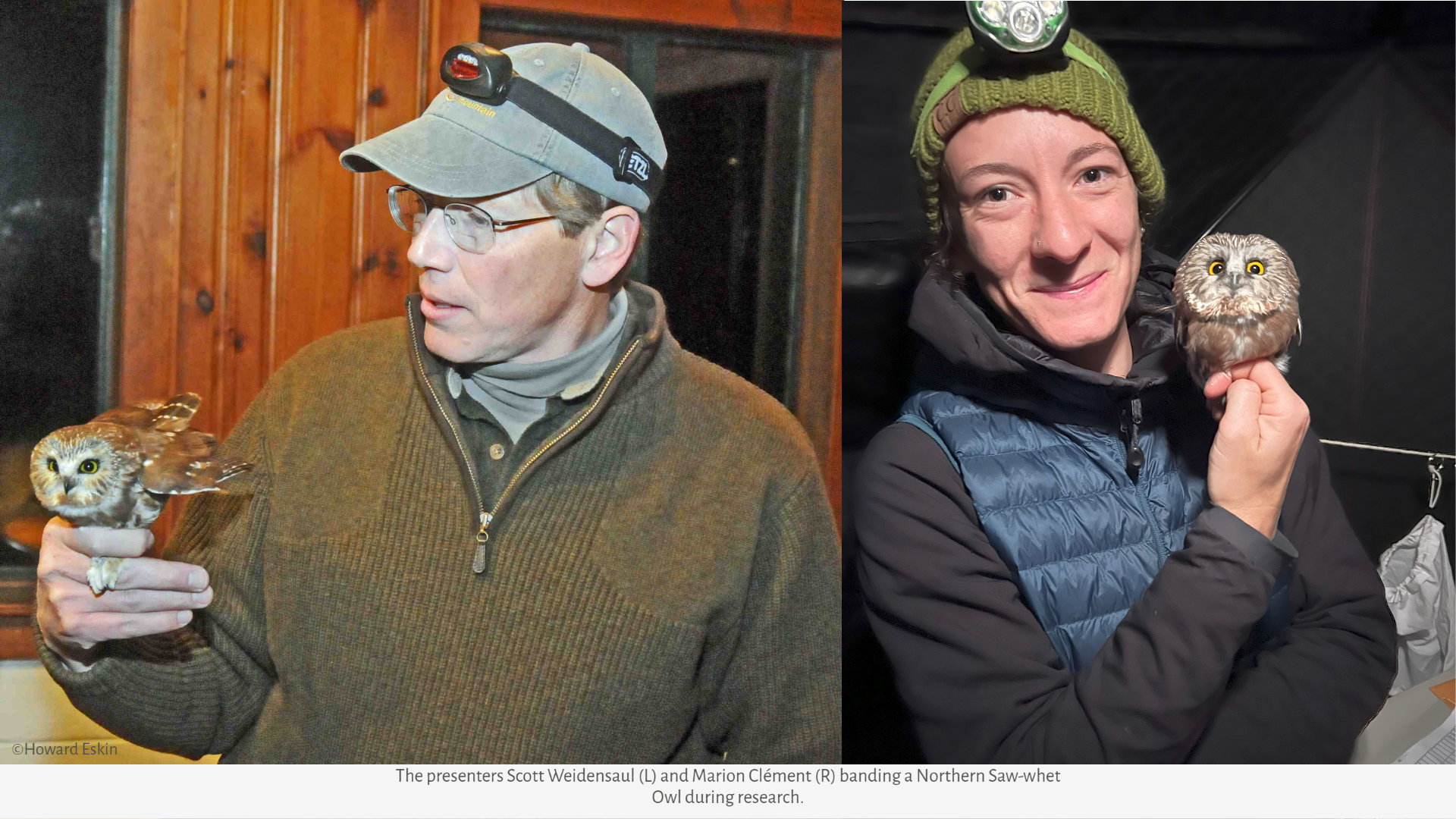As I stumble out of my tent at 4 a.m. my eyes squint to a blanket of stars in the dark sky above me. My red headlamp light illuminates my tent as I gather my gear, and get ready for my ascent to Columbine falls in Rocky Mountain National Park, a mere 2.6 miles and 1,475 ft gain in elevation to the falls along the Longs Peak trail. This trail is popular among hikers that attempt to summit Longs Peak.
What do Mexican Spotted Owls tell us about restoring frequent-fire regimes in the southwestern U.S.? Well, quite a lot actually.
Have you ever wondered how bird conservation is coordinated across organizations and spatial scales? OK, maybe not, but imagine for a moment if it wasn’t. At all. Do you think there would be any hope of recovering populations and saving the hundreds of species that are spiraling towards extinction?
My journey toward a love for birds began in Central America during my Peace Corps years in Guatemala. Working as a volunteer, I was tasked with cataloging all bird species in a newly designated wildlife refuge and sprawling freshwater lowland jungle called Bocas Del Polochic. Working with local rangers hired to protect the refuge, we roamed the area via dugout canoe documenting the vast assemblage of different bird species.
As the summer slowly progresses towards fall many birds are finished nesting and feeding fledglings and are preparing for the next step in their annual cycle. Some will migrate south as far as Central and South America, while others will hunker down for winter in the same areas where they bred. Each morning the dawn chorus is a little quieter and the species list less diverse. To a technician working on the Integrated Monitoring in Bird Conservation Regions (IMBCR) program this signals that the point counts are done for the year and they too will move on to their next adventure.


By my students’ calculations, we had spent over 50 hours trying to capture this particular Flammulated Owl, dating back two summers. Make no mistake—there have been many challenging owls to capture over the course of this 40-year demographic study, but this owl had drawn extra attention from the nine students working with me that summer, with its Houdini-esque tactics for evading capture at a nest cavity high in a quaking aspen.
Update from the field! Seasonal Bird Conservancy banders are working in the Chihuahuan Desert this winter to tag non-breeding grassland birds for our Motus project. Read the blog to learn more about what they are doing and how it will aid in our efforts to help grasslands and the birds that call it their home.
Being a birder means a lot of different things to many different people. Some birders go out every week to count and list as many species as they can find, while others have a yard list of the birds they identify from their window. Read below for a guest blog from Eric DeFonso, a Bird Conservancy seasonal field crew leader for our Integrated Monitoring in Bird Conservation Regions (IMBCR) program. Eric shows how sometimes, birding by sight is not always feasible or possible.
Bird Conservancy has been monitoring Mexican Spotted Owls since 2014. Learn why we are working on the project and the threats this elusive owl endures.




